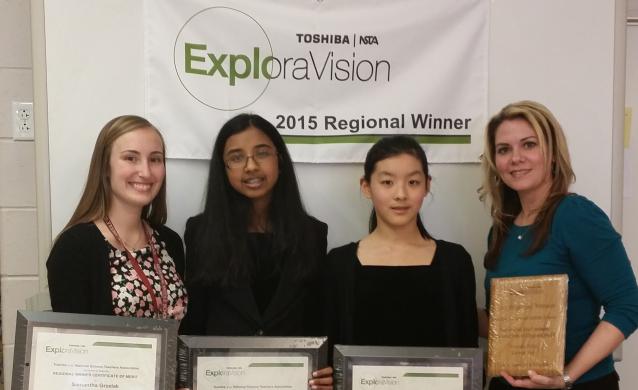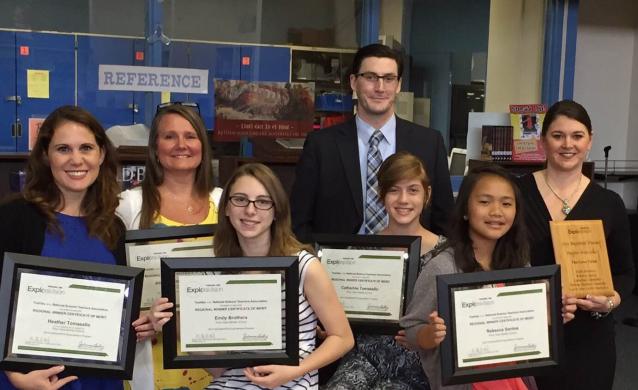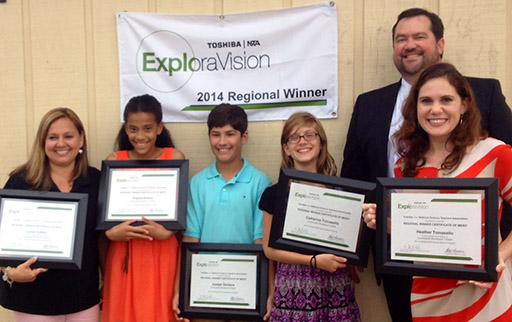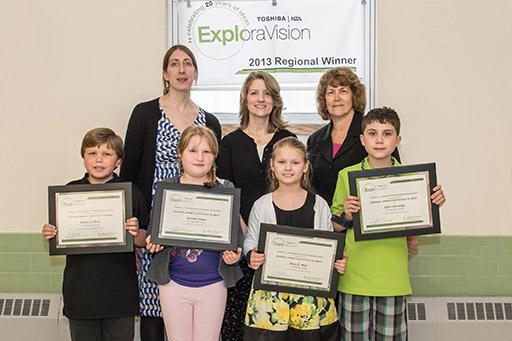5 Ways STEM Students Improved the World
Many K-12 STEM students want a chance to feel like they’re making a difference in the world. See how these former winning teams confronted global issues with critical thinking skills and scientific research. Are your students up to the challenge?
Food Waste
These students at Memorial Marlboro Middle School recognized an issue that spans all socioeconomic groups: food waste. They were inspired to invent PACS wrap, a four-layer wrap that protects against spoilage and contamination through use of denaturation, biosensors, and electrochromism. You’ll never look at plastic wrap the same way again.

E-Waste
Innovative students at Pine View Middle School created The Green Tablet to cut back on the 20-50 tons of e-waste generated annually. The Green Tablet used water soluble, biodegradable inner electronic components. The tablet case itself incorporated graphene material. The electronic industry should watch out for these future engineers.

Clean Drinking Water
The issue of potable water was a worldwide problem that students at Countryside Montessori Charter found a way to improve through their WateRenew project. WateRenew used wave wings to harness energy and a prototype for a cutting edge desalination plant to generate drinking water from the ocean. The project even caught the eyes of scientific leaders at the 2015 White House Science Fair. Leave it to young minds to make a basic human right more accessible.

Emergency Response
Using their cutting edge SIGHT system, students at LD Batchelder Elementary School used holographic imagery, GPS, Bluetooth and 4G data technology to create a reliable emergency response system for first responders. Like all good inventions, SIGHT can tackle a common problem with a hybrid of past, present and future technologies.

Public Health
Due to Ebola’s fatal, rapid spread across many countries in late 2013, it posed a severe global health concern. Driven students at Katherine Delmar Burke School faced this public health crisis head on with their GEbolaL suit. The suit improved upon current preventative clothing with a special gel that helped make the suit safer for doctors and nurses treating Ebola patients. This type of suit could likely be used for other health crises, too.
Inspire your students to make the world a better place. How will your team shape the future? Register now for ExploraVision.